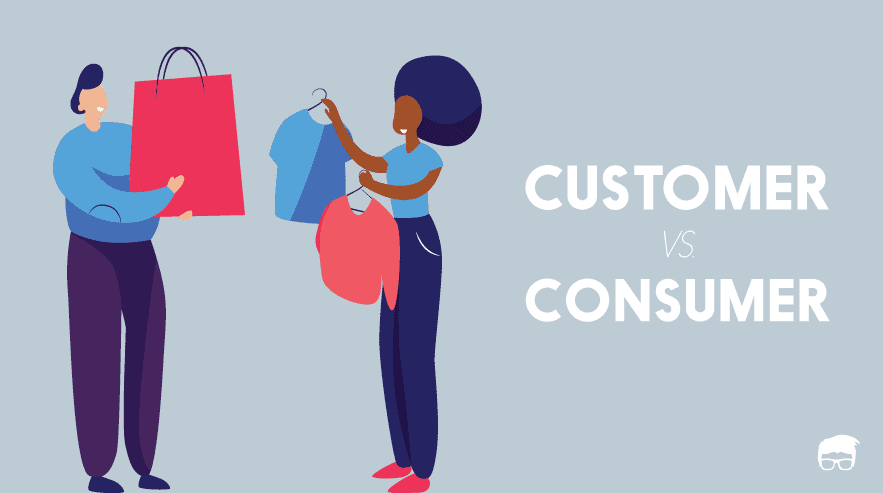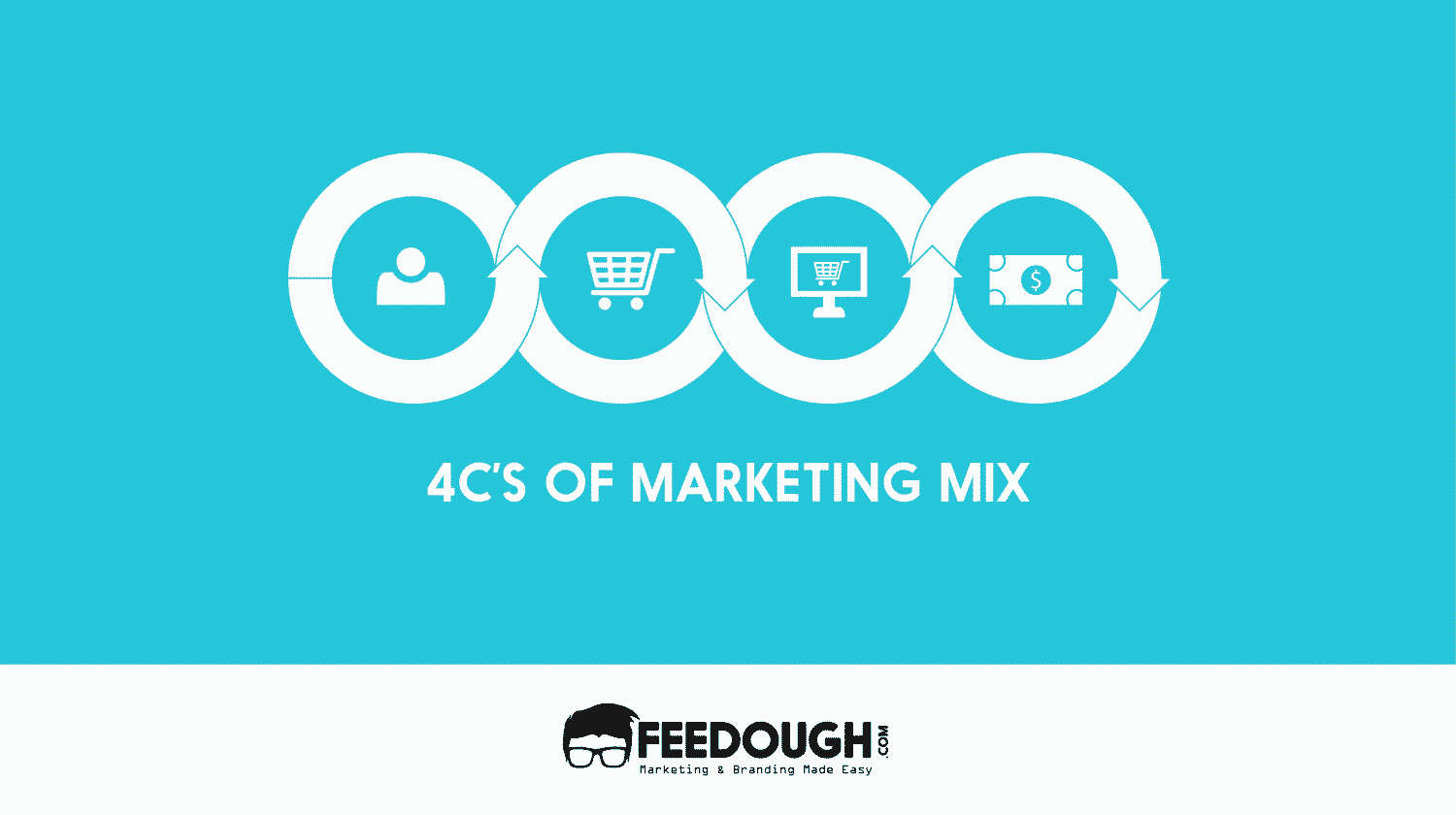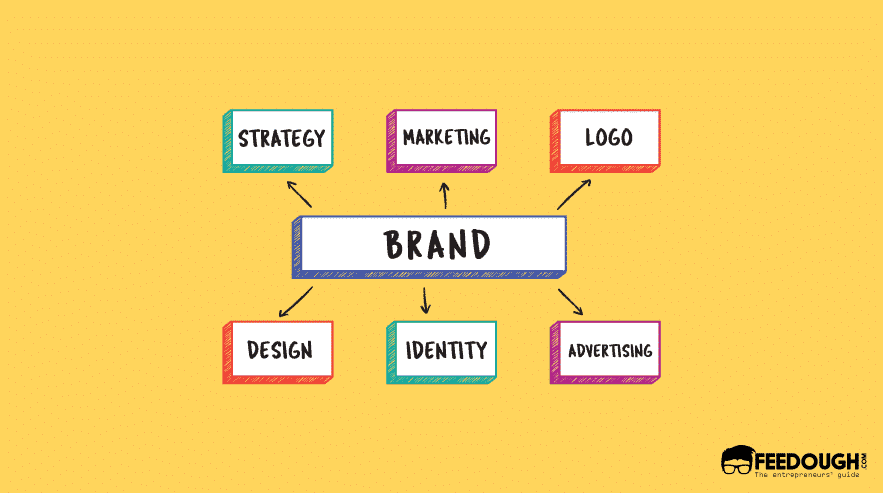Wouldn’t it be great if marketers know exactly what drives their target audience to choose a particular product over others? This knowledge, if analysed and brought into use correctly could result in selling anything to anyone.
No matter how manipulative it seems, crafting marketing strategies based on the consumer behaviour is a common practice now. Marketers market their product keeping in mind the emotions and reasoning ability of the target audience, entrepreneurs present their pitch deck keeping in mind what the investor actually wants from them, and even products are built according to what the customer is willing to buy in the market.
All thanks to consumer behaviour.
But what exactly is consumer behaviour and how does it work? Let’s dive deeper into its mechanics.
What Is Consumer Behaviour?
Consumer behaviour is the study of individuals’, groups’ and organisations’ decisions with regard to the selection, purchase, use, and disposal of goods, services, ideas, or experiences to satisfy their needs and wants.
In simple words:
Consumer behaviour is the study of how consumers make decisions about what they need, want, and desire and how do they buy, use, and dispose of goods.
Importance Of Consumer Behaviour
Consumer behaviour is very important to understand what influences the buying decisions of the consumers and why does it so.
By understanding how consumers decide on a product it is possible for marketers to fill in the product-market gap and identify which product is needed and which products are obsolete in the market. It also helps marketers decide how to present their products such that they have maximum impact on consumers.
Marketers also need to understand the psychology behind every buying decision so as to be able to influence the same. For example, a consumer may purchase a product because it is fashionable even though it may not be the most utility providing product. In such a case, the marketer needs to understand why the consumer is making this choice and then present the product in such a way that the consumer is convinced that it is the best possible choice.
Factors Influencing Consumer Behaviour
There are a number of factors that influence consumer behaviour. These can be classified into four main categories:
Psychological factors
The perception of a particular problem is unique to every individual and so is the perception of different products. Psychological factors can be influenced by the present situation, perception of needs and problems, the ability to process information and their individual attitude. Thus, marketers have to focus how they portray their product and what psychological effect it has on consumers.
Personal factors
Personal factors are governed by an individual’s personal choices and preferences, interests, likes and dislikes. The sub-factor influencing personal factors can be age, gender and personal issues.
Socio-Cultural factors
Social influence is one of the major driving forces while making a decision. Social class, income, living society, company an individual keeps; workplace, etc. can have a major effect on consumer behaviour. Of course, influencers and other opinion leaders have a major role in an individual’s decision-making process too. Other factors include religion, race and nationalities.
Motivation
The theories that decide on how a consumer comes to decide what he needs are discussed below.
Freudian theory
Sigmund Freud’s theory states that behaviour is guided by subconscious needs. It is governed by three factors namely Id, superego and ego.
- Id is the impulsive need of thirst, hunger and sex an individual has.
- Superego is an individual’s expression of society’s morals. Thus it is what bounds Id from impulsive behaviour such that an individual fulfils his needs in a manner that is accepted by the society.
- Ego is an individual’s conscious control over the impulses and restrictions created by Id and Superego.
Maslow’s Theory Of Hierarchy
Behaviour runs from bottom to top and is dependent upon the lowest unmet needs. The hierarchy pyramid designed by Maslow is shown below:

Herzberg’s Two-Factor Theory
Frederick Herzberg stated that behaviour is guided by two factors that go hand in hand. These are motivation and hygiene. Hygiene can be stated as dissatisfaction and motivation can be passed on as satisfaction. Consumer behaviour is in your favour when satisfaction is highest and dissatisfaction is minimal.
The Types Of Consumer Behaviour
There are four types of consumer behaviour categorised by their level of involvement in a purchase. These are:
- Complex buying behaviour
- Dissonance-reducing buying behaviour
- Habitual buying behaviour
- Variety-seeking buying behaviour
Complex Buying Behaviour
Complex buying behaviour happens when the consumer is highly involved in the purchase (of usually expensive products) and perceives significant differences between brands. They will conduct extensive research to find the best option before making a decision. For example, when buying a car, consumers will read reviews, compare prices and test drive multiple vehicles before settling on one.
This behaviour is triggered by high cost, infrequent transactions, perceived risk and high levels of brand differences. Cars, houses and electronics are all examples of products that may trigger complex buying behaviour in consumers.
Dissonance-Reducing Buying Behaviour
Dissonance-reducing buying behaviour happens when the consumer is highly involved in the purchase and perceives little difference between brands. In order to reduce cognitive dissonance (the feeling of discomfort that comes from holding two conflicting beliefs), they will justify their purchase by finding reasons to support their decision.
This type of consumer is likely to be an expert on the product and will have done extensive research before making a purchase. For example, they may read multiple reviews, compare prices and features, and talk to friends or family who have purchased the same product before making a decision.
An example of this type of purchase would be a gaming chair. While several brands provide almost similar products, a discerning customer would still compare and contrast before making a decision. They would consider brand reputation, materials used, reviews, price and features before making their final choice.
This type of customer is the most difficult to please because they know exactly what they want and are not willing to compromise. They are also the most likely to be satisfied with their purchase because they have put so much thought into it.
Habitual Buying Behaviour
Habitual buyers are those who purchase products out of habit or routine. They usually don’t put much thought into their decision and often purchase the same brand or type of product. For example, someone who always buys Coca Cola is a habitual buyer.
Habitual buying behaviour is often influenced by convenience, price and availability. Habitual buyers are also the most loyal to a brand or product and are less likely to switch to a new one as they don’t to put much thought into their purchase.
Variety-Seeking Buying Behaviour
Variety-seeking buying behaviour is when consumers purchase different products or brands, depending on their mood or occasion. They are more likely to switch brands and experiment with new products. This usually happens when the cost of switching is low. This type of behaviour is often seen with convenience products such as toiletries and cleaning supplies.
Customers who engage in variety-seeking buying behaviour are heavily influenced by friends, family and peer groups. They also tend to be influenced by marketing messages that focus on the benefits or features of the product.
How Consumer Behavior Works?
To understand how Consumer Behaviour works we need to understand how Perception works.
What Is Perception?
Perception is the process by which we select, interpret and organise data to create a logical sequence which is meaningful. Perception can be dependent on the stimuli we receive, how we respond to those stimuli and the conditions of our surroundings when we receive the stimuli.
Now, every marketer works on maximising their gains through perception. This is an essential topic of consumer behaviour as the perception of a product is the make it or break it deal for the given product’s life cycle.
The four cornerstones of perception are:
Selective Attention
Selective attention is when you select some particular inputs/stimuli and choose to ignore others in a group of stimuli. Basically, in simpler terms, not all information reaches and connects to you. You perceive the information you relate to.
Selective Retention
Selective retention is when you remember the parts of the stimuli that support your personal feelings and beliefs and forget the inputs that do not. In easier terms, you remember the information that connects to you at a psychological level.
Selective Distortion
Selective distortion is when you twist inconsistent information to abide by your personal beliefs and feelings. When an ambiguous input is provided, you at times may bend the information as per your will to fit in your existing set of values and beliefs. Thus there are chances that subtle marketing tactics may backfire and thus most marketing strategies are much directed.
Subliminal Perception
Subliminal perception is when sublime messages influence you without having a direct role in the information provided. The basic example being: how deodorants use lifestyle marketing to subconsciously associate the fragrance to leading a better life. Subliminal perception is basically how you subconsciously associate to a particular product because of a stimulus that is not directly provided.
Consumer Buying Process
Now consumer behaviour eventually boils down to this step. How a consumer decides on which product he is going to buy. This is based on a set of steps each consumer follows:

Problem Recognition
When a consumer realises that he has a problem with the existing products, needs replacement or has to buy a new product because his demands require a purchase. He sets the chain in motion.
Information Search
The consumer looks for prospective replacements or products that will fit his requirement perfectly. The sources of information are usually personal (based on personal research), public (based on public opinion), commercial (information pushed in by the vendor), experiential (a previously used product).
Evaluation Of Alternatives
Based on the consumer’s research, they decide which products are to be shortlisted. And which one of the competition is to be eliminated. The two basic models of choice are:
- Conjunctive: Where the minimum threshold acceptable quality of all attributes is the deciding factor.
- Lexicographic: When the most important attribute is preferred even if that means a slightly lesser quality in other aspects.
For example: If you are buying a cell phone and you go for a model with a good overall processor, RAM, camera and display. It is a conjunctive choice.
But if you require a really good camera and go for a model with an exceptional camera but sub-par processor, it is a Lexicographic choice.
Purchase Decision
As it suggests, after factoring in all the pros and cons of a product, the consumer makes the purchase decision at this step.
Post-Purchase Behaviour
Depending on the user experience, the consumer may recommend the product to people or slash the product if their experience isn’t good. The post-purchase behaviour of social influencers is very important to the initial market and this may be the most underrated point of influence that your product creates.
Go On, Tell Us What You Think!
Did we miss something? Come on! Tell us what you think about our article on consumer behaviour in the comments section.
Engineer by education. Writer by choice. I learn about new things by writing about them.






![What Is Demand Generation? [The Ultimate Guide] What Is Demand Generation?](https://www.feedough.com/wp-content/uploads/2019/05/DEMAND-GENERATION.webp)
![Developing A Software Marketing Strategy [Detailed Guide] software marketing](https://www.feedough.com/wp-content/uploads/2022/10/software-marketing.webp)

